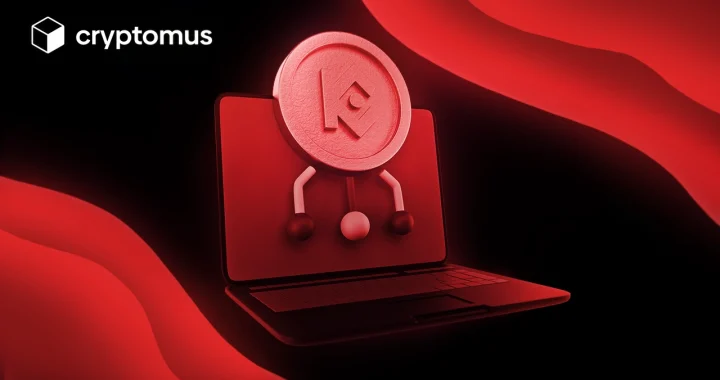Cryptocurrency Market Microstructure: Analysis and Challenges

Cryptocurrency Market Microstructure: Analysis and Implications gives you the opportunity to step beyond price-market graphs and gain insights on forces that affect order taking, trading and price discovery in crypto markets. You get to observe the interaction between order types as well as discovering potential trading points.
Leirvik (2022) shows that centralised order book is required for a successful crypto exchange with individual volatility positively correlated to the expected return.
Order book.
Cryptocurrencies can be unpredictable and it is vital that traders learn about order book and liquidity dynamics that decide the price of digital assets. The microstructure analysis is an effective tool to unravel these dynamics and can help traders to pick up any type of herd behavior or manipulative strategies on the spot.
The order books of crypto exchanges reflect traders’ intention to buy or sell assets at various prices. Both bids and asks are aggregated into an order book for each price range and constantly refreshed list corresponding to those intentions.
More thicker clusters at specific price points represent greater liquidity and fewer walls representing less. Furthermore, order volume at each level shows whether or not its current market price is a good indicator of market direction – for example, if you see high volume of sell orders, it could be that markets are moving in the opposite direction – giving traders insights into how prices change and if supply and demand trends change.
Limit orders.
Blockchain Market Microstructure Analysis is also a way to understand how investors think more in depth than only the price chart when it comes to placing order, liquidity and discovering price. It gives them more leverage for crafting more sophisticated plans, while countering potential dangers from tampering and overreaction. Crypto-microstructure also prompts the investors to leverage footprint and transaction cost analyses which may find holes in order books that provide short-term trading for agile traders.
Liquidity varies among crypto exchanges. For example, one cryptocurrency may have less liquidity on small platforms, traders should monitor these differences to be sure trade execution prices are uniform.
Market orders favour price discovery in favor of immediate execution, requesting an exchange to fill it immediately at the current market price and therefore altering price discovery by sinking other orders and thereby influencing the direction of the market. Limit orders, on the other hand, require an exact buy or sell price and are only executed when that market level is reached.
Market orders.
Cryptocurrency market orders can be used to register buyer and seller interest in a cryptocurrency market as well, by showing buyers willing to buy and sellers prepared to accept. Posted on an order book, market orders sit there until filled and voided by one party. They also reveal how many crypto’s were traded per price level, so the traders have access to key information in order to determine patterns and trends in this market.
By knowing how the price behaves, you can adjust your trading style and management accordingly. When you see the first wave of buy orders, you can read optimism from investors and when you see sell orders increasing, profit-taking or fear. With knowledge of these movements, traders can adapt strategies and management accordingly.
Crypto markets are highly volatile, market microstructure predicts future price movement. An order book, for instance, will indicate pump-and-dump mechanisms, where the market maker jacks up demand or supply to manipulate prices.
Liquidity.
Liquidity, the quantity of coins bought and sold in cryptocurrency markets that can be sold and bought at a price, is essential for the functioning of a good market. Liquidity can also depend on various influences such as changes in regulations, new technology and general market environment – good headlines or stories can bring new participants who could then increase liquidity; bad headlines could limit participation.
Bitcoin liquidity in the crypto sector is a variable element and will fluctuate and be of value. This volatility can be explained by high frequency bots, which break out the buy and sell orders in a short interval – allowing traders to see whether they can trade with that. The liquidity analysis gives us important information about these discontinuities, valuable prices and some good trading insights regarding them.











